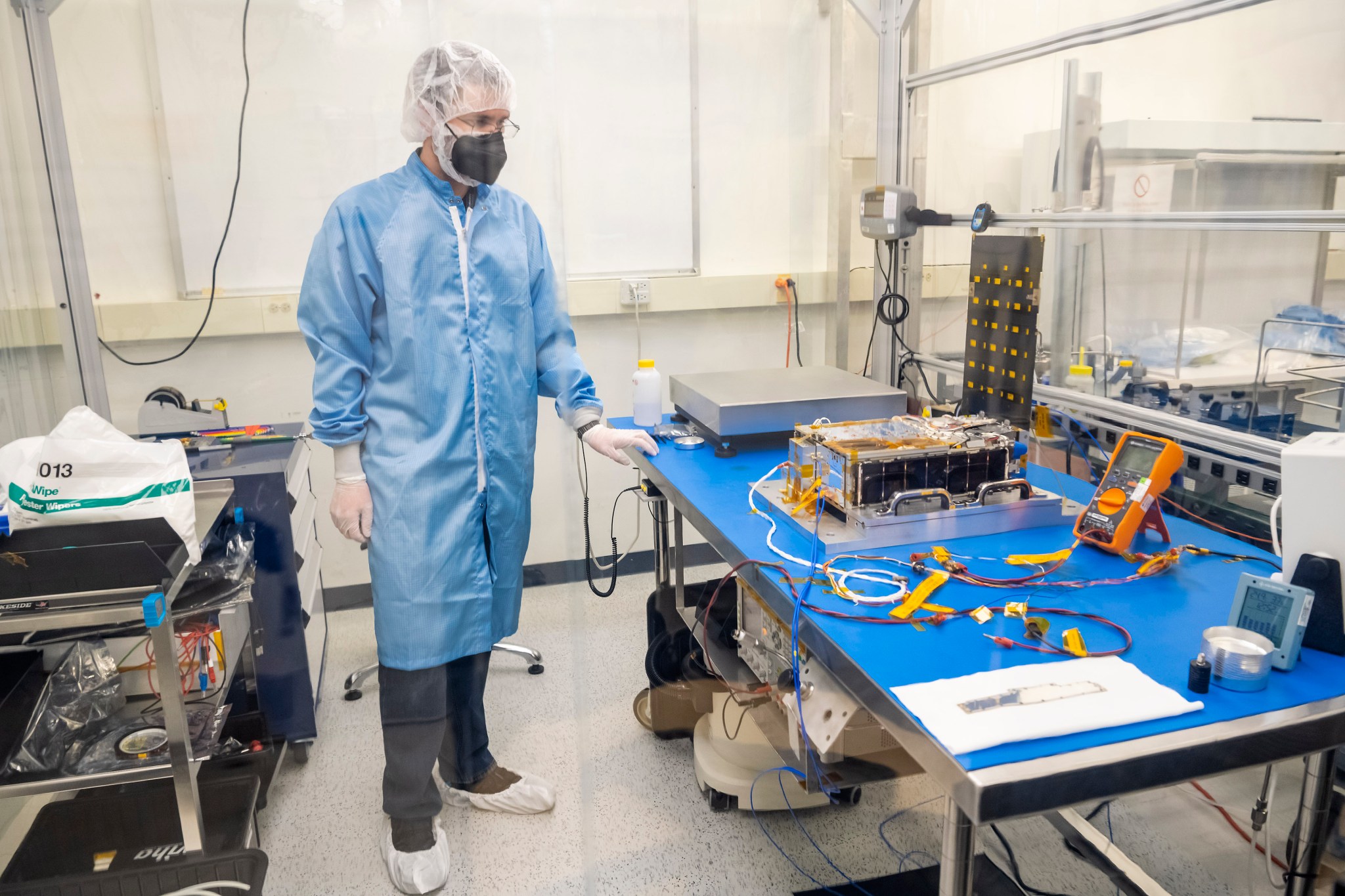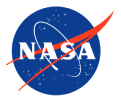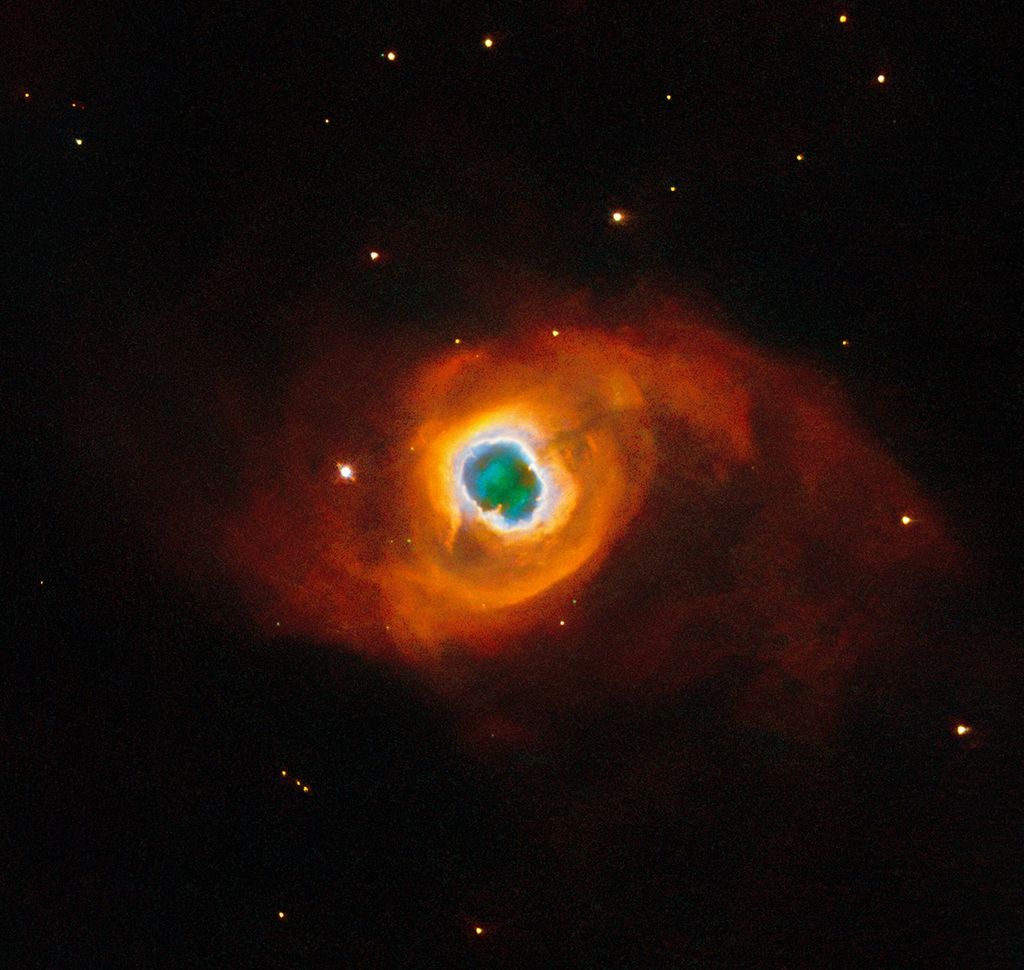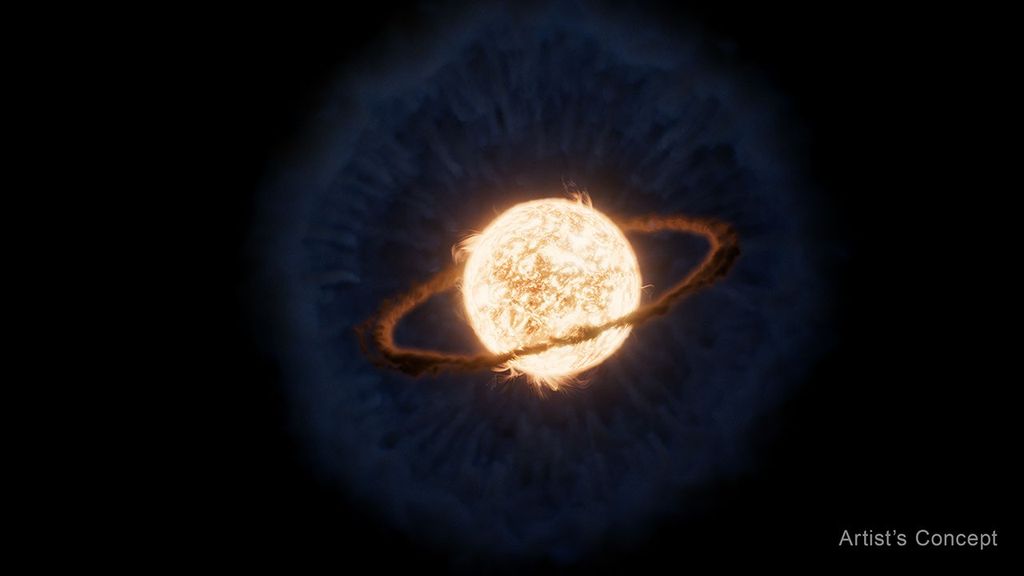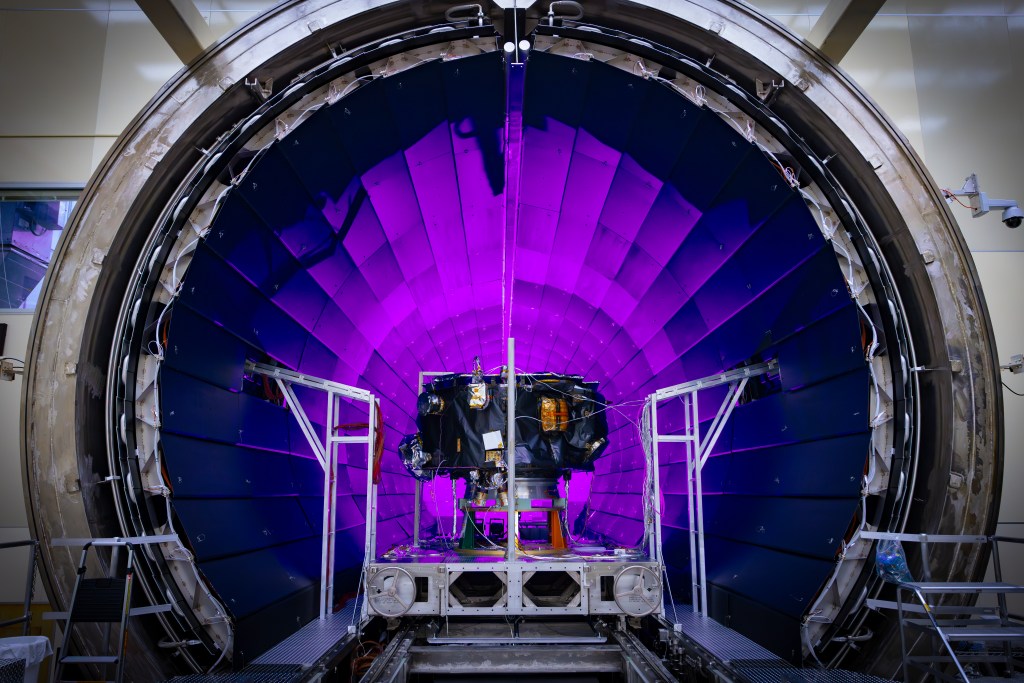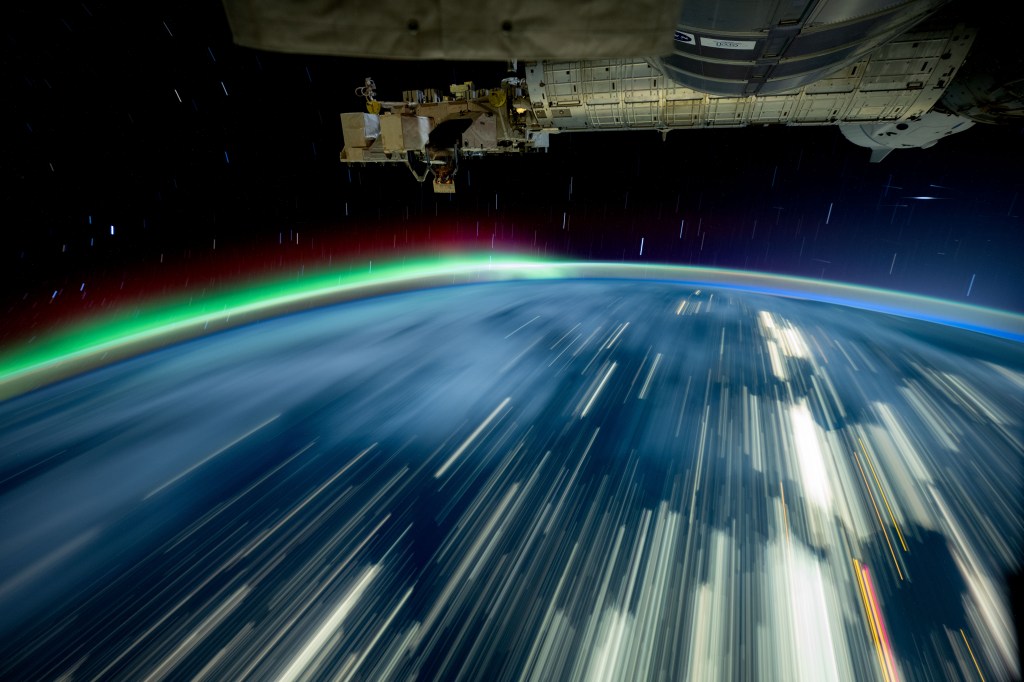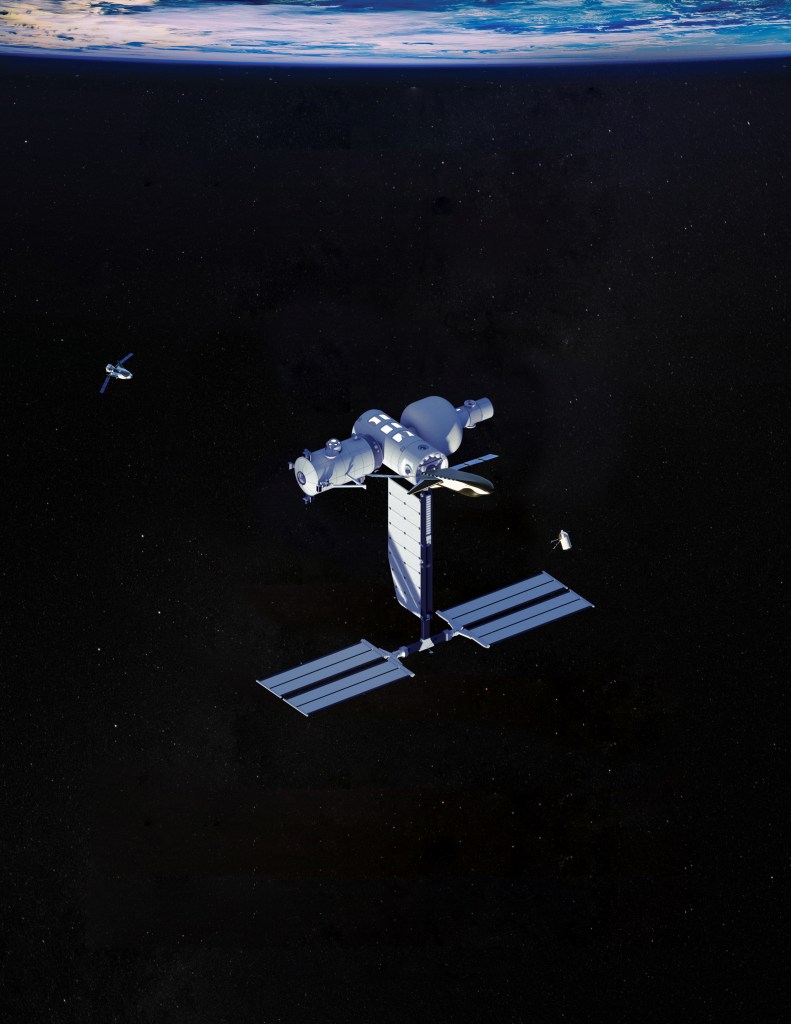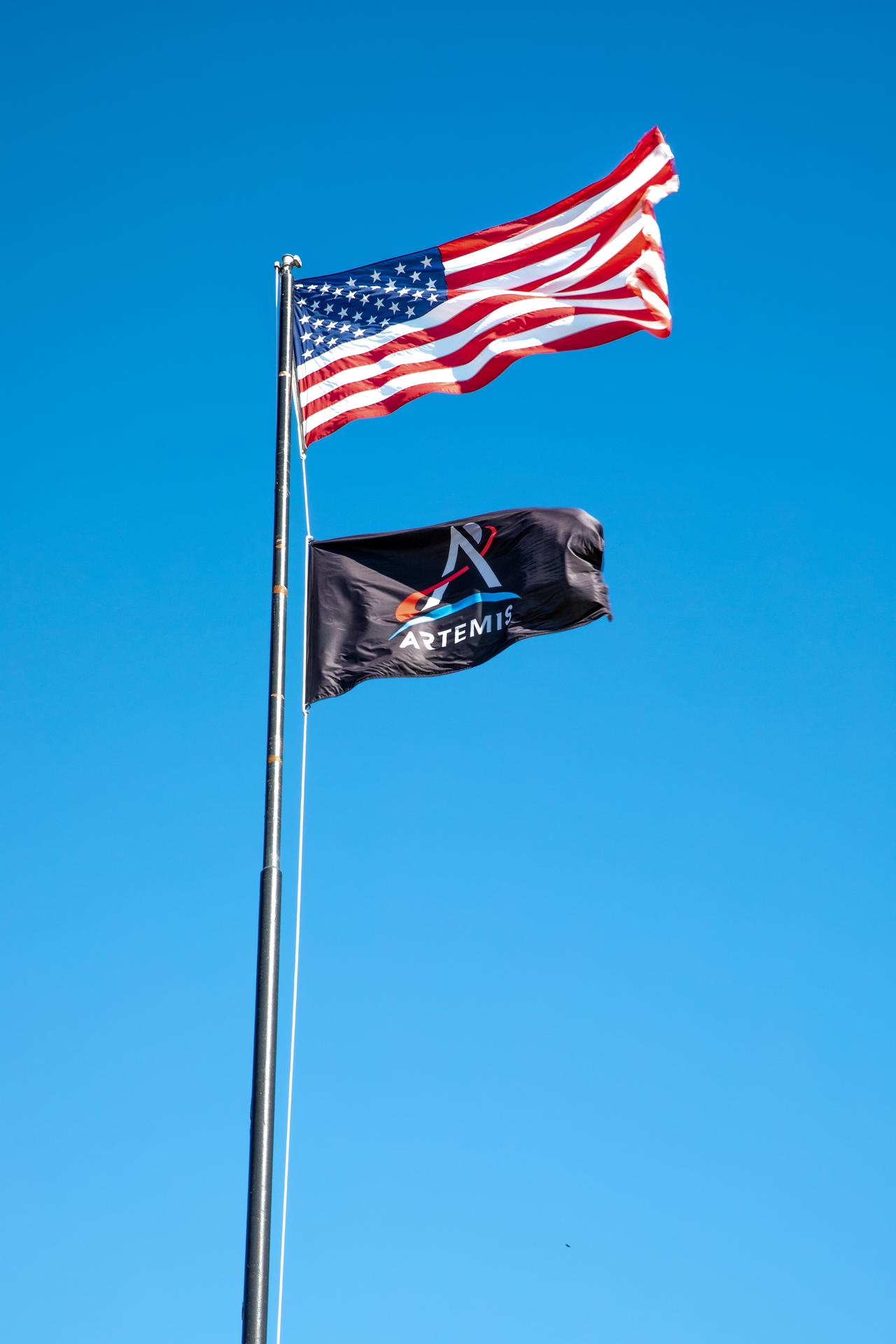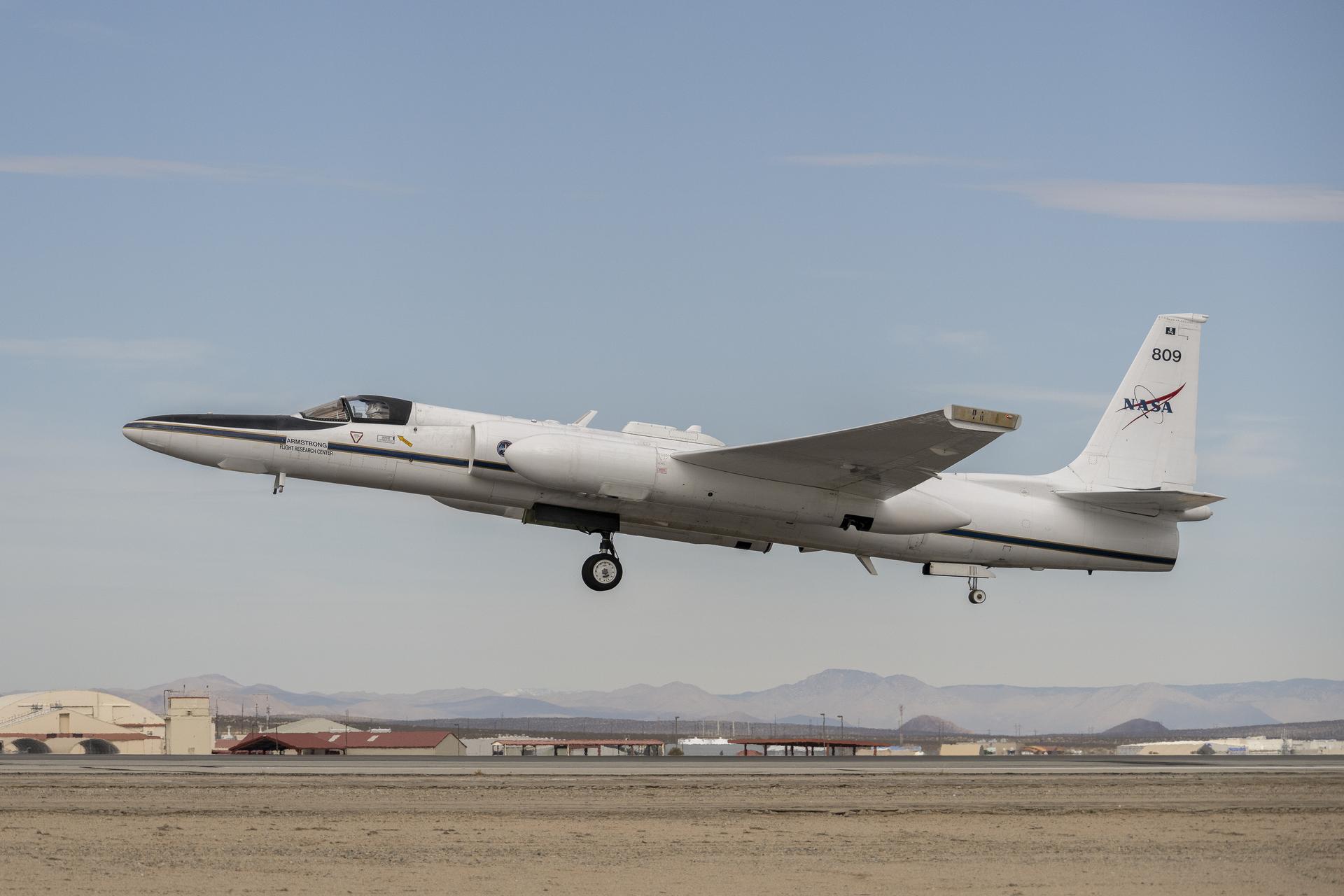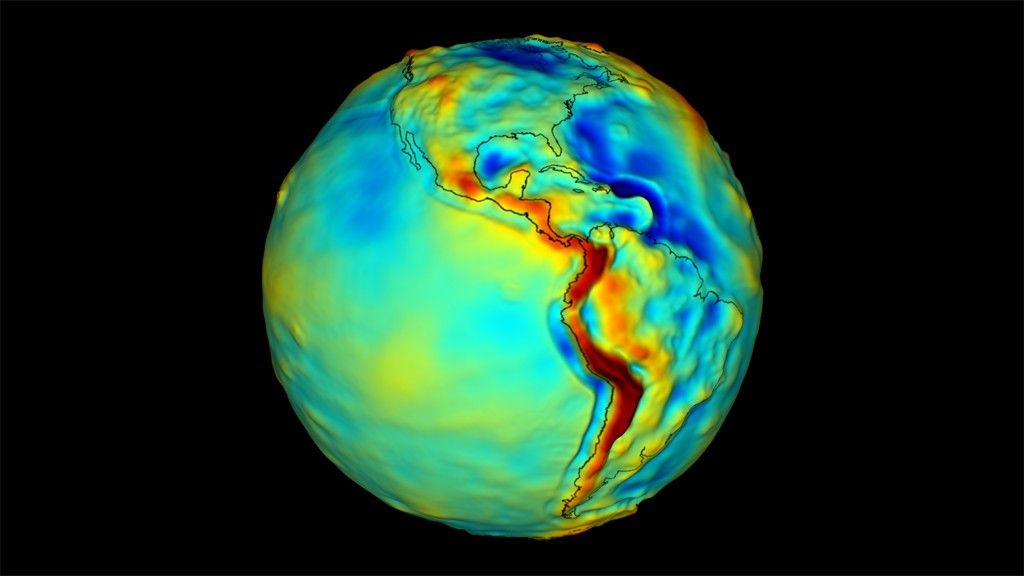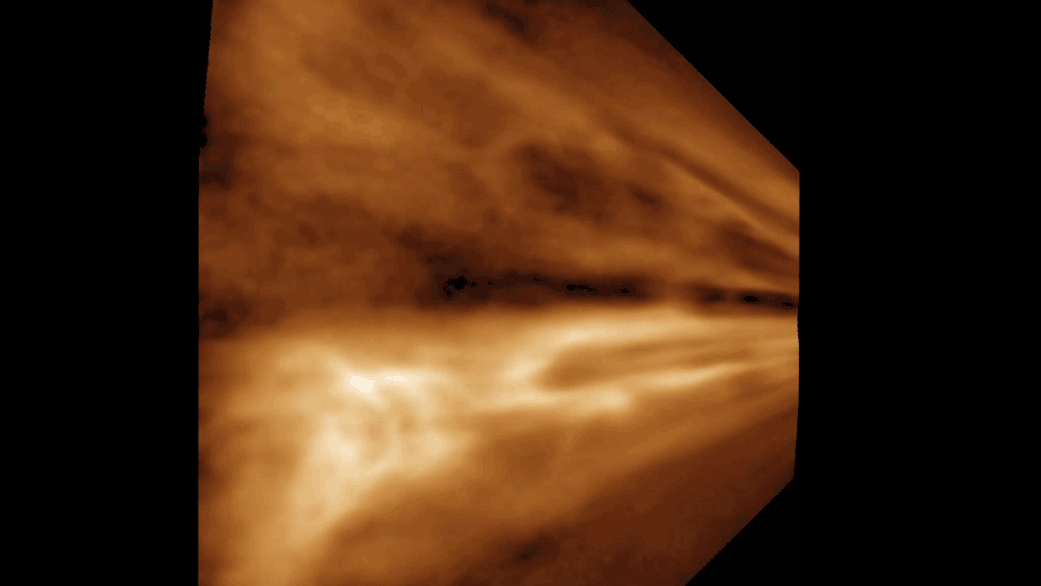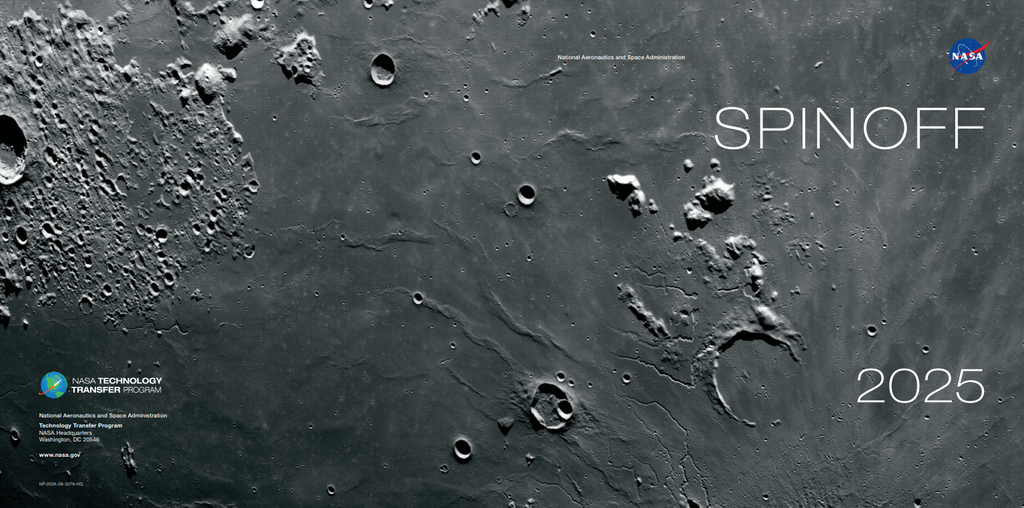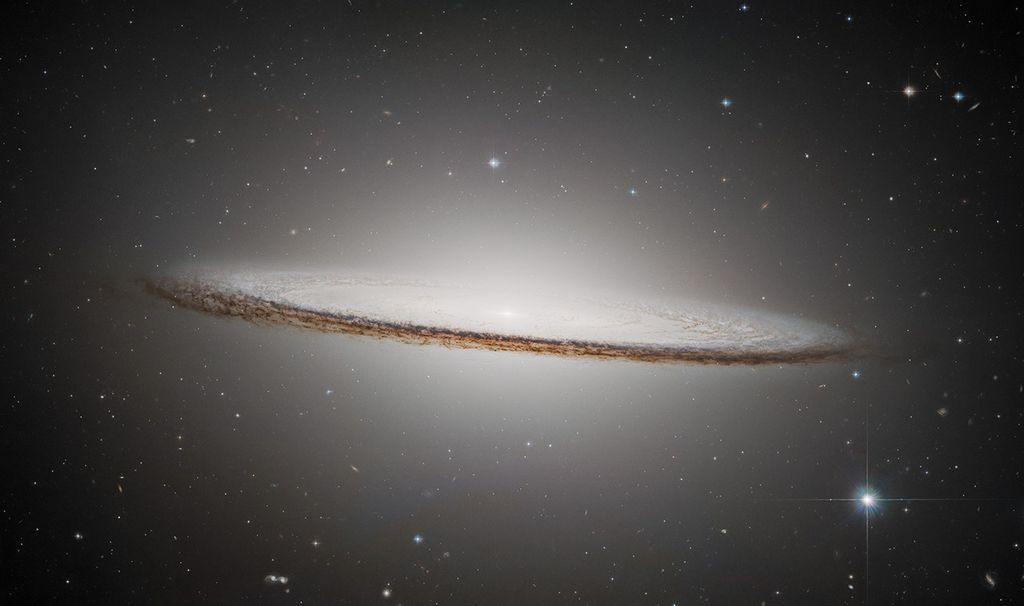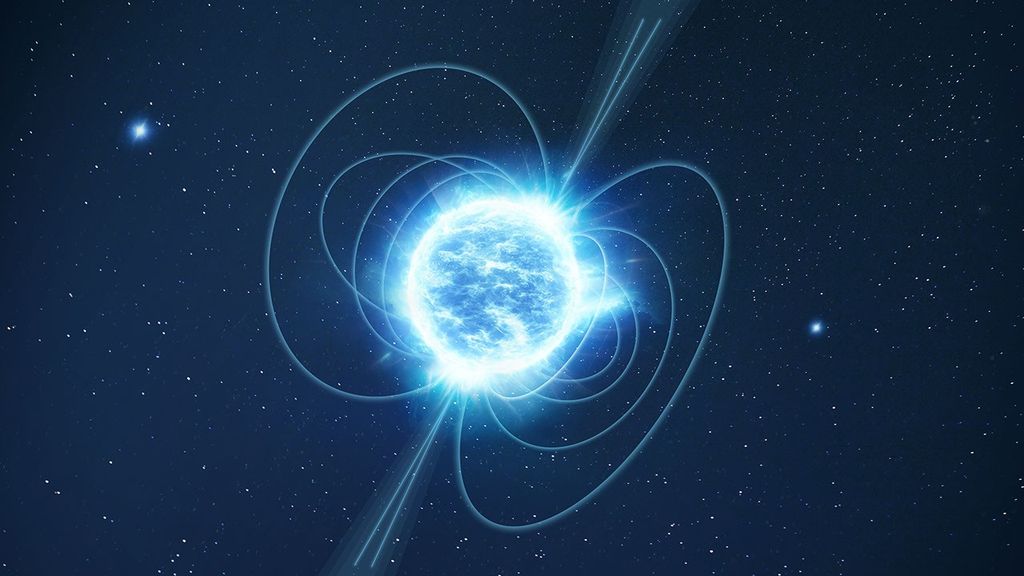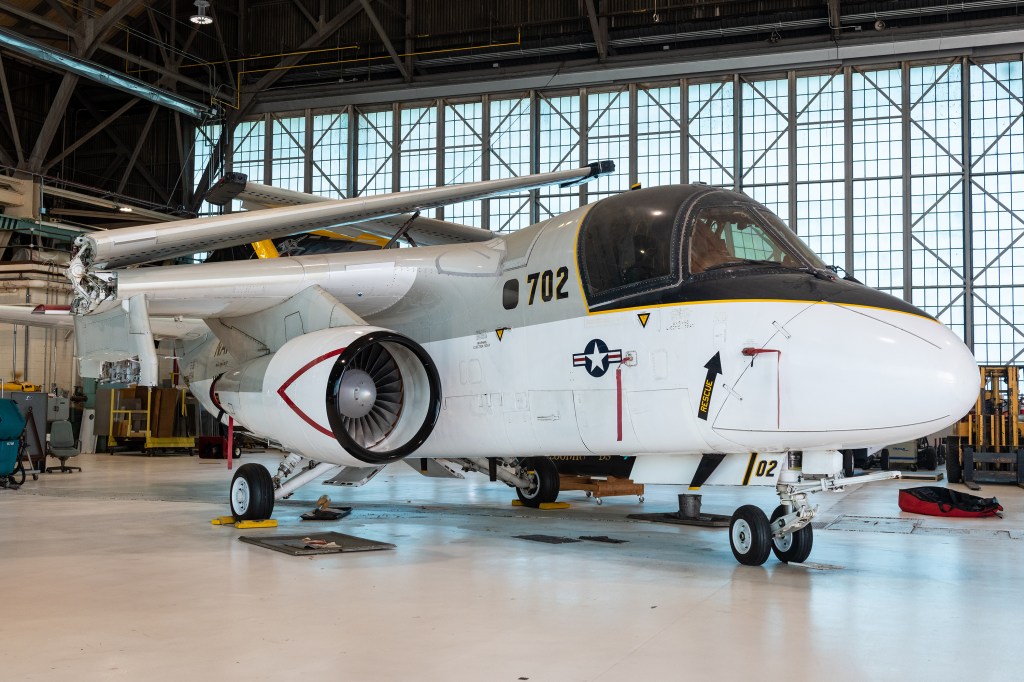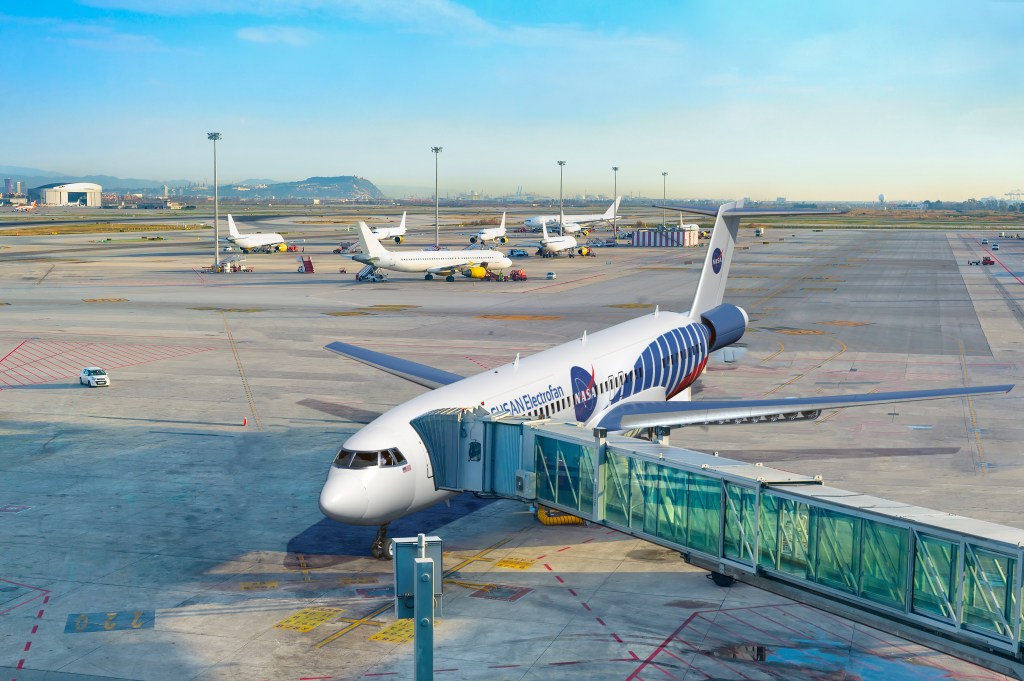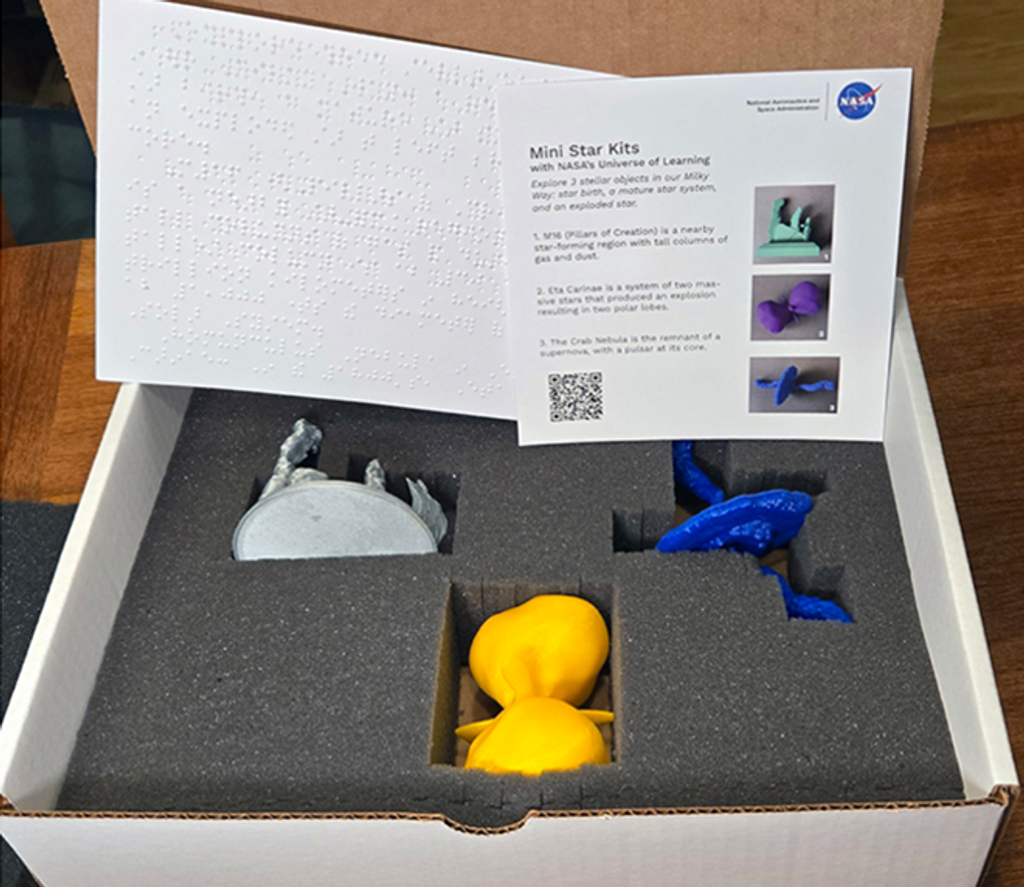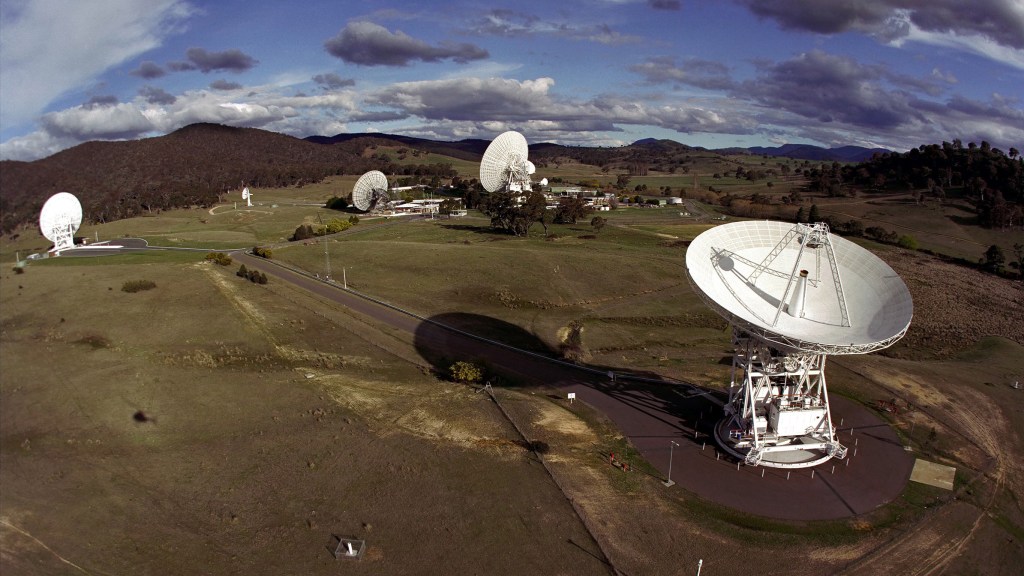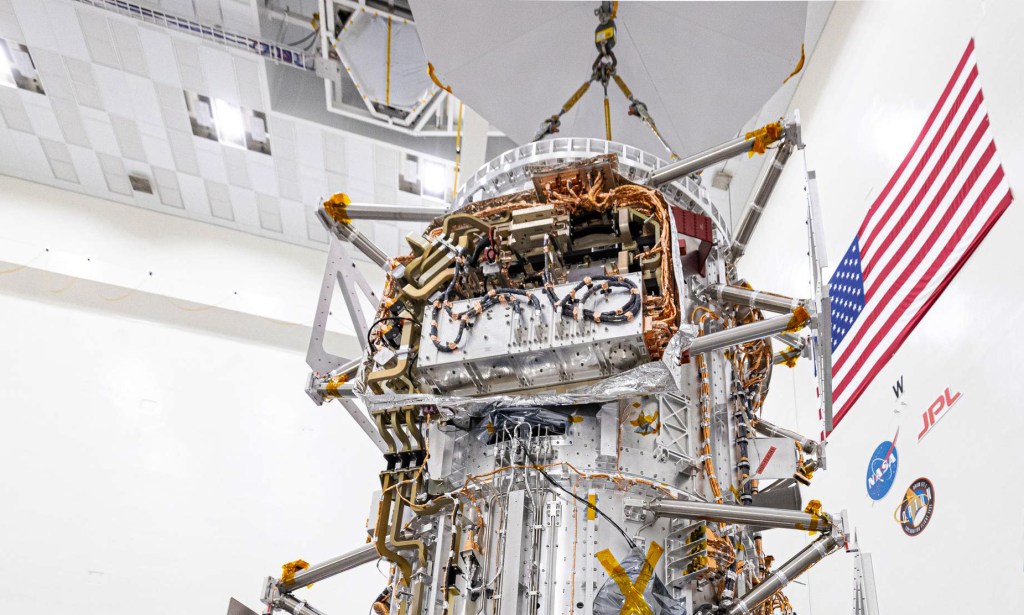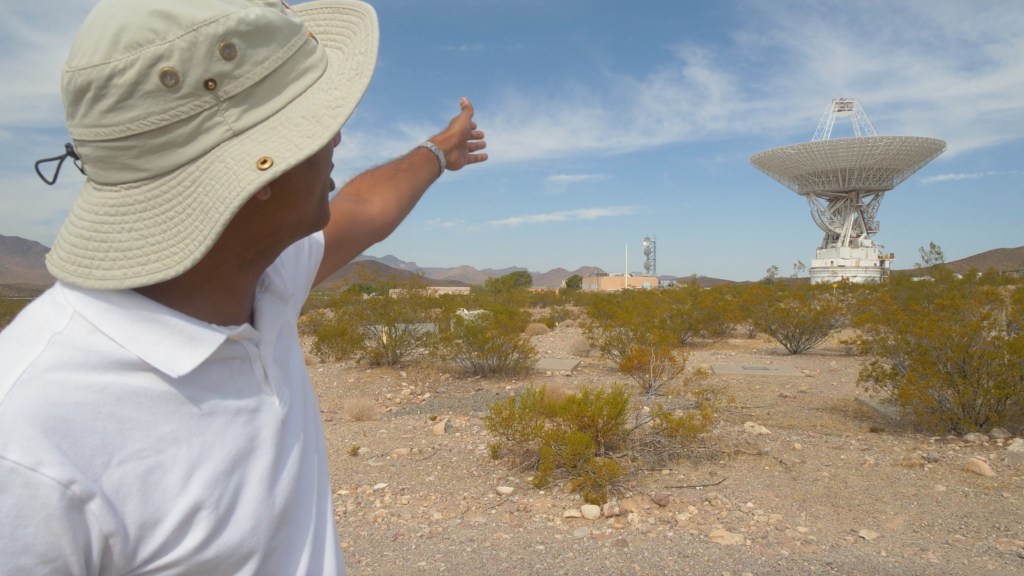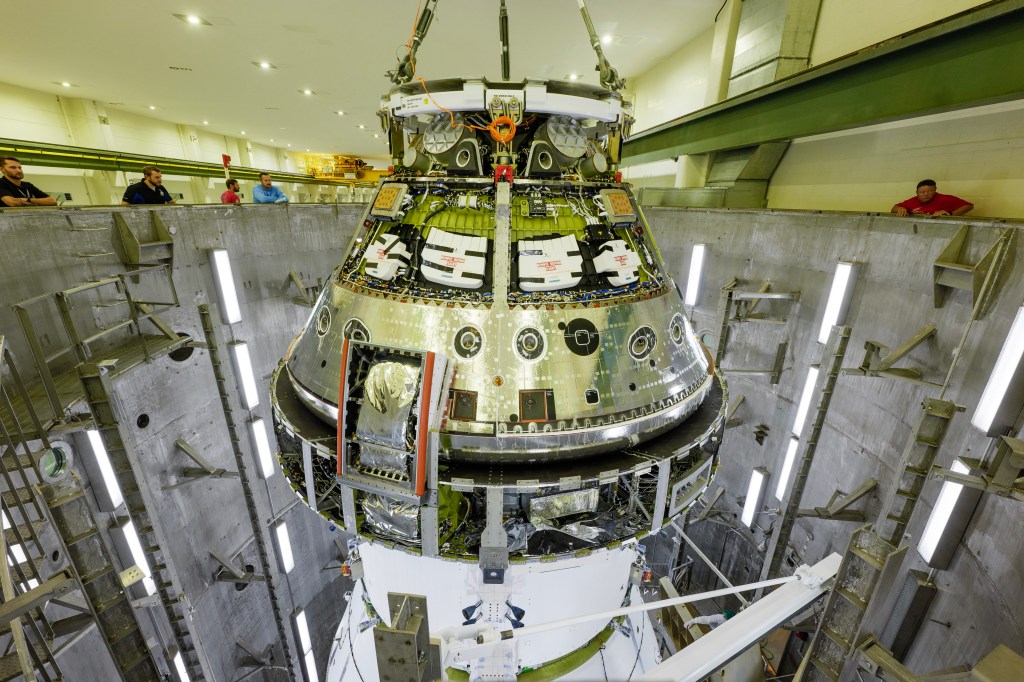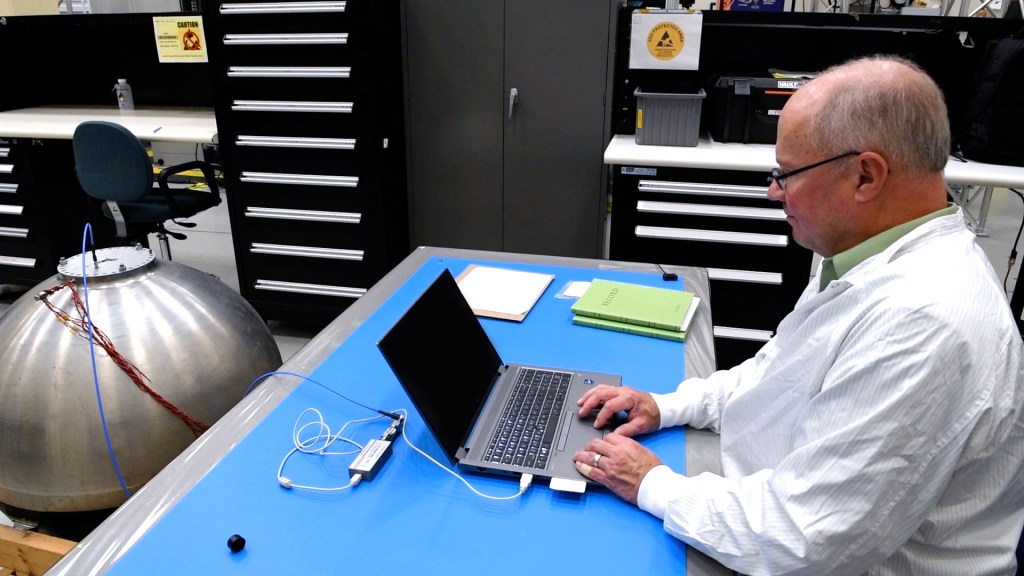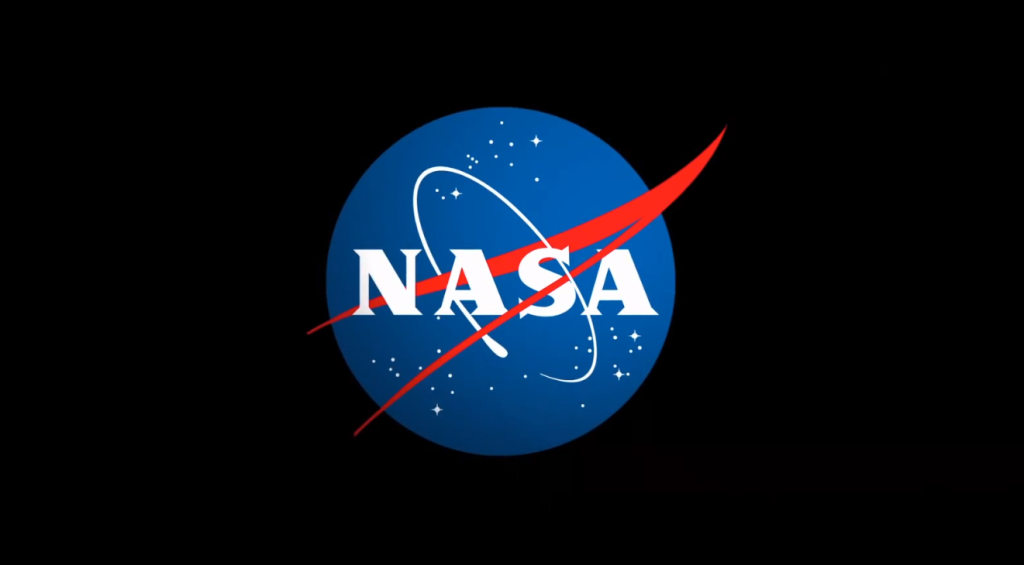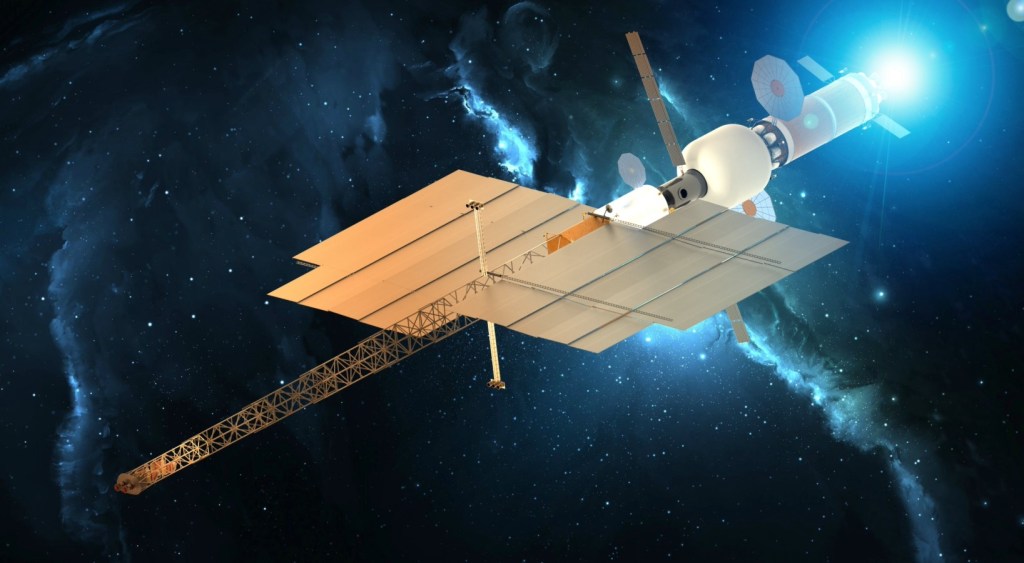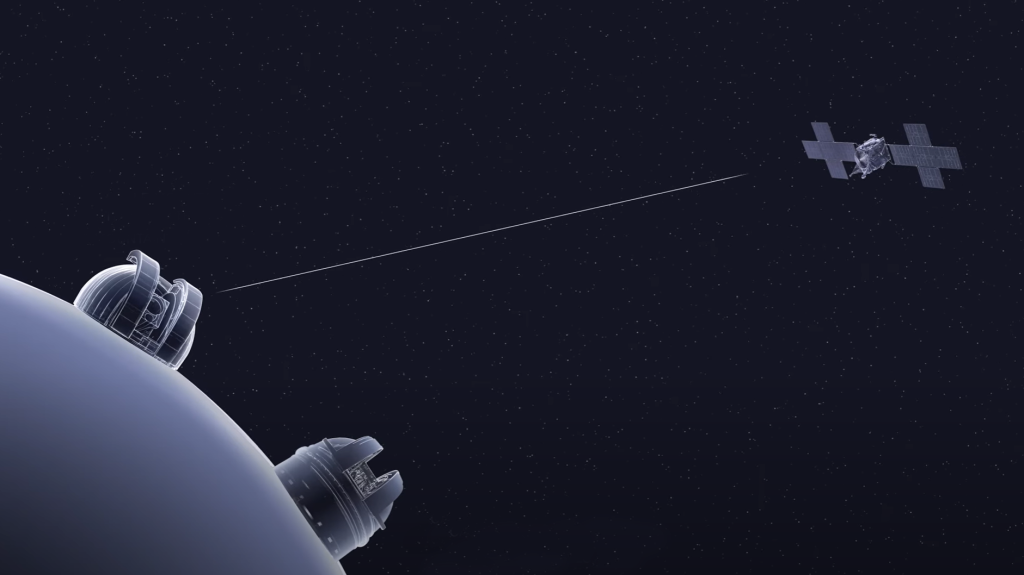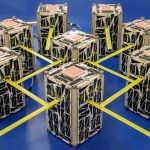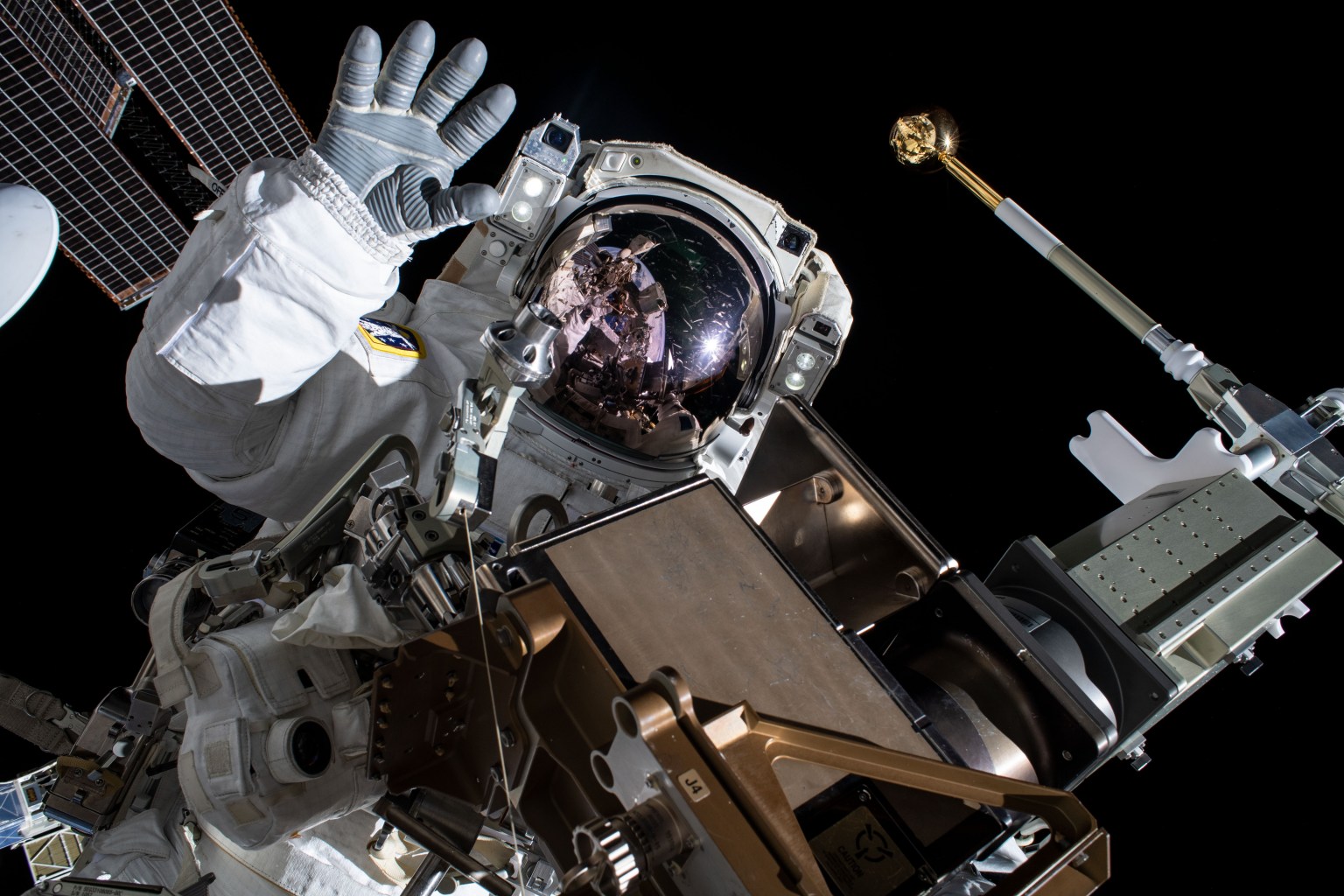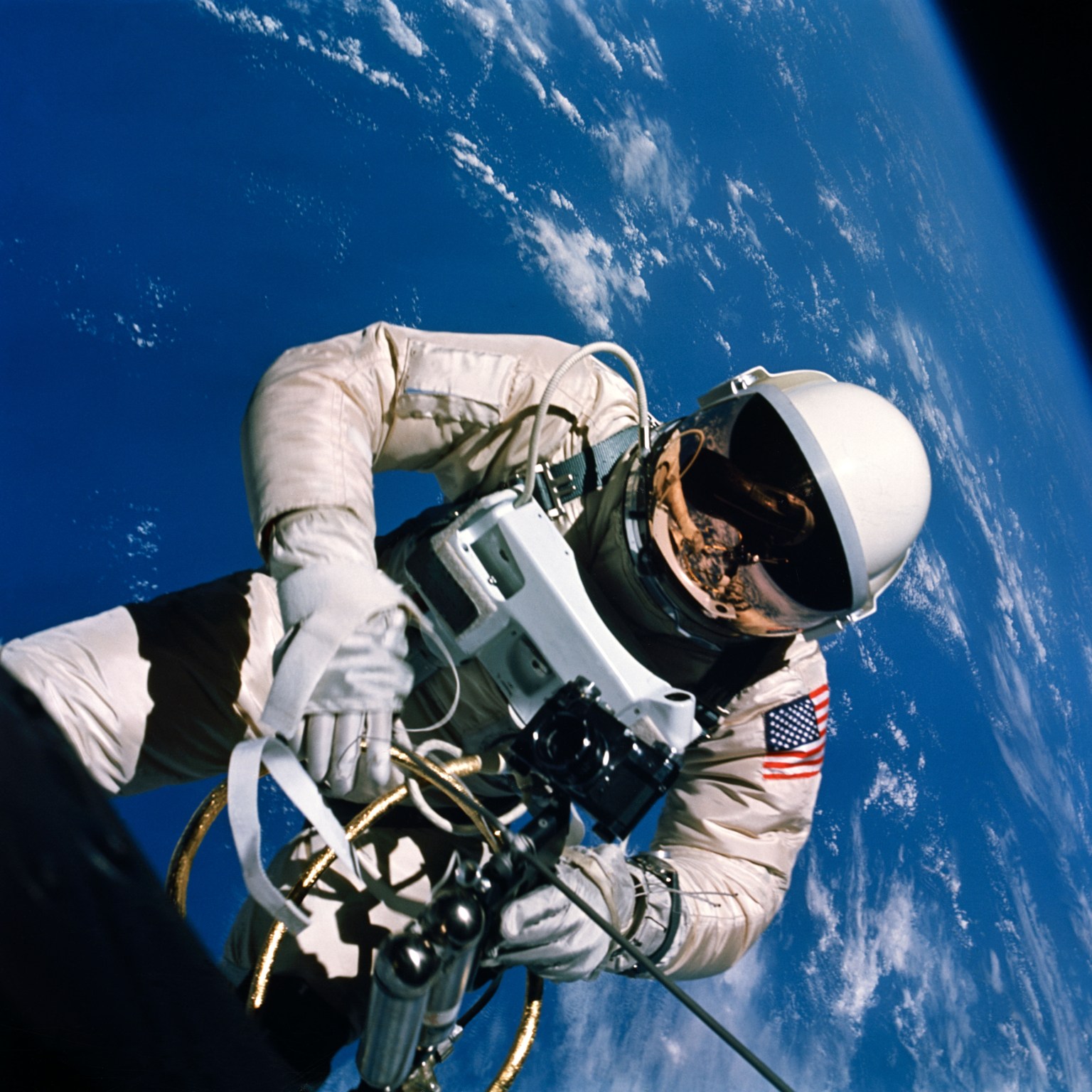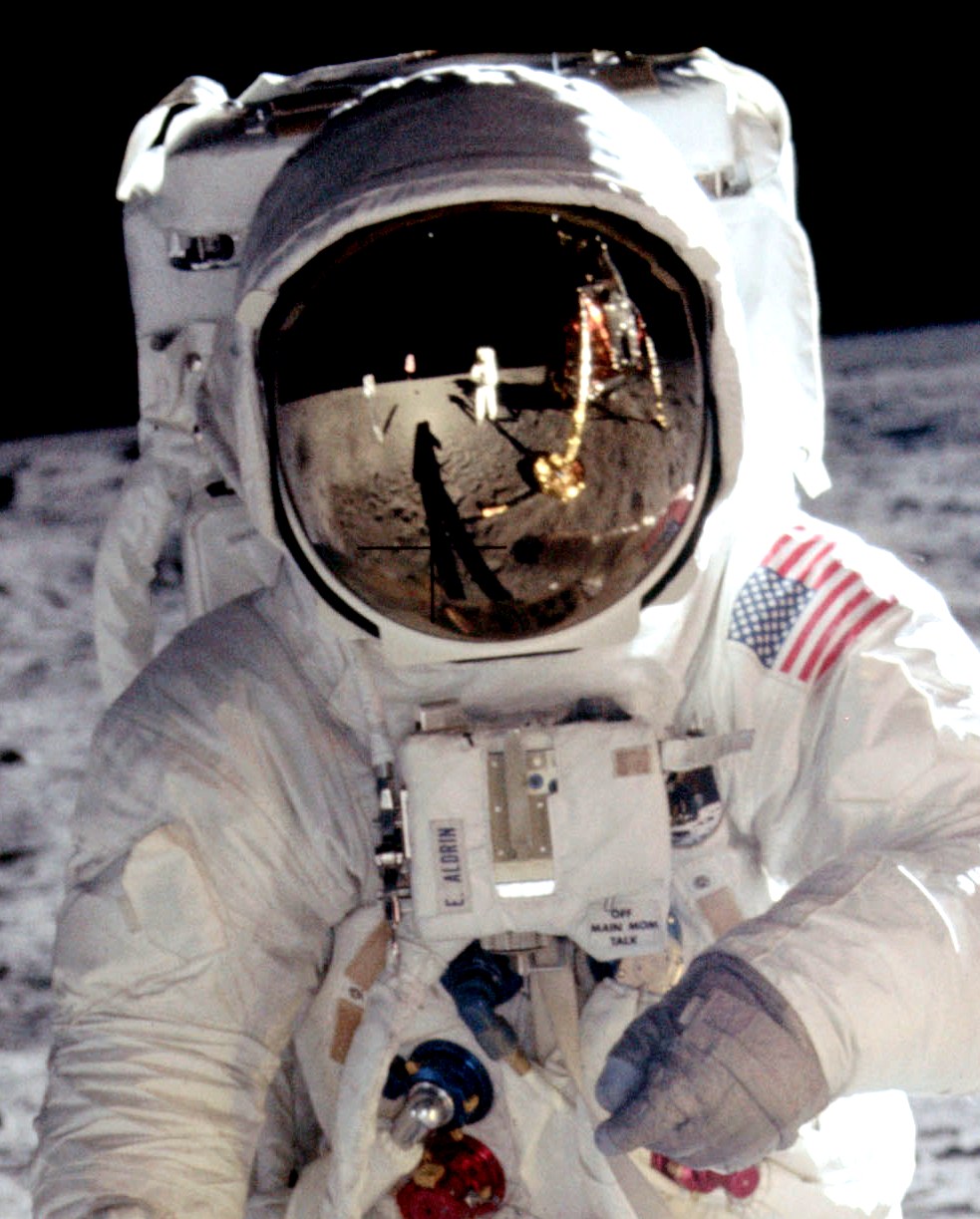Lunar Flashlight
Roughly the size of a briefcase, Lunar Flashlight is a very small satellite being developed and managed by NASA's Jet Propulsion Laboratory. It used near-infrared lasers and an onboard spectrometer to map ice in permanently shadowed regions near the Moon's south pole.
Mission Type
Partners
Launch
status
NASA’s Lunar Flashlight to Fly by Earth
With its primary mission over, the CubeSat will zoom by Earth late Tuesday, May 16, and NASA’s Eyes on the…
Read the Story
NASA Calls End to Lunar Flashlight After Some Tech Successes
While the CubeSat couldn’t reach the lunar South Pole to help seek ice, it fulfilled several technology goals that will empower future missions for the benefit of humanity.
Read More About The Mission about NASA Calls End to Lunar Flashlight After Some Tech Successes
About the Mission
Roughly the size of a briefcase, Lunar Flashlight is a very small satellite being developed and managed by NASA's Jet Propulsion Laboratory that will use near-infrared lasers and an onboard spectrometer to map ice in permanently shadowed regions near the Moon's south pole.
Learn More About the Mission about About the Mission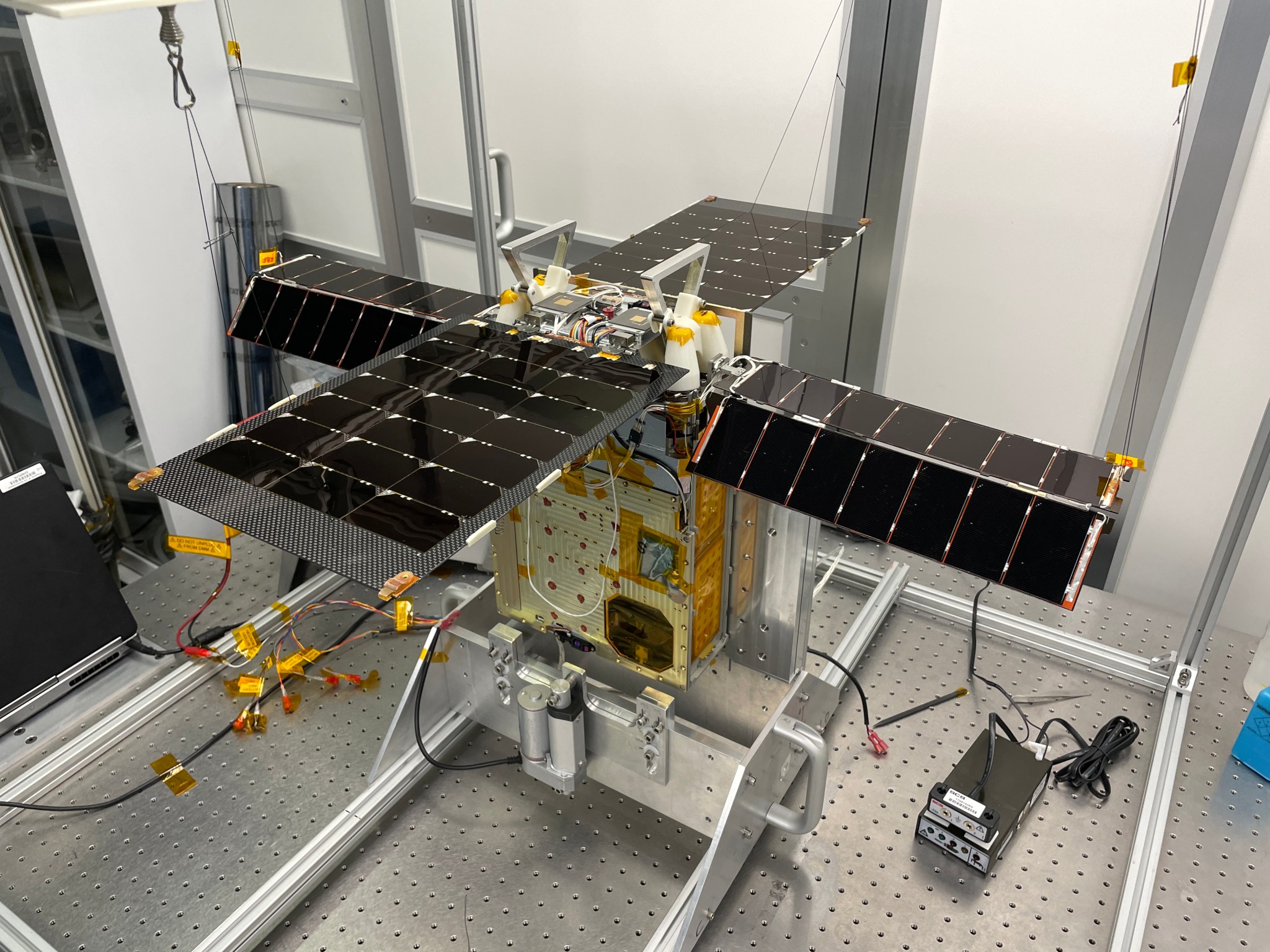
Latest Technology Demonstration Missions News
NASA’s Lunar Flashlight Ready to Search for the Moon’s Water Ice
The Moon’s poles offer a tantalizing opportunity for human explorers: There may be reservoirs of water ice there that could be purified as drinking water, converted into breathable oxygen, and used as fuel by astronauts. These reservoirs are inside permanently shadowed craters – regions where the Sun never rises above crater rims.
Read The Article about NASA’s Lunar Flashlight Ready to Search for the Moon’s Water Ice